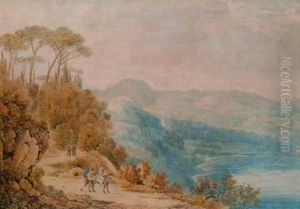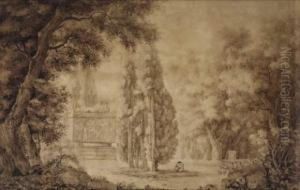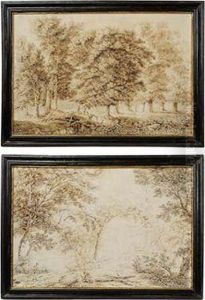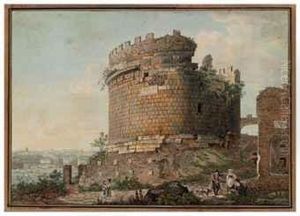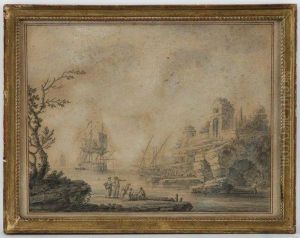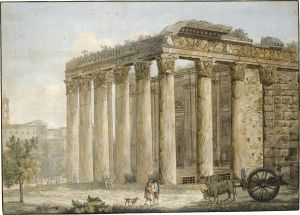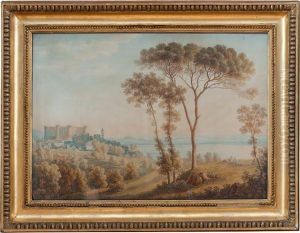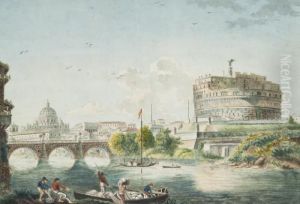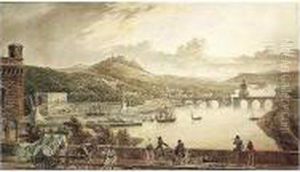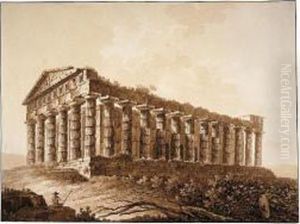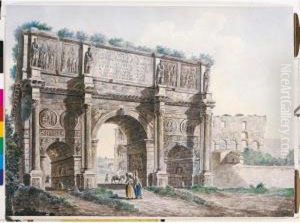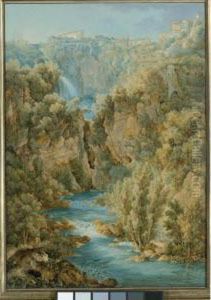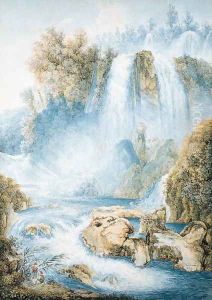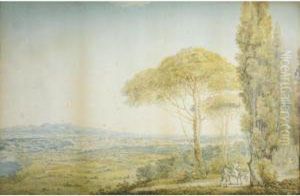Franz Keiserman Paintings
Franz Keiserman, also known as Francesco Keiserman or Francesco Kiserman, was an artist primarily known for his work as an engraver and painter during the late 18th and early 19th centuries. Born in 1765 in Switzerland, Keiserman developed his artistic talents in Rome, where he moved with his family as a child. There, he was exposed to the rich artistic environment of the time, which was characterized by Neoclassicism and the Grand Tour, a period of travel across Europe undertaken by mainly upper-class European young men of sufficient means and rank.
Keiserman's works often depicted classical landscapes and ruins, which were popular subjects among Grand Tour travelers who sought souvenirs and mementos of their journeys. His engravings and paintings captured the romantic allure of Italy's antiquities, and his attention to detail and ability to evoke a sense of the past made his works highly appreciated among collectors.
Throughout his career, Keiserman worked on various projects, including creating illustrations for books about the antiquities of Rome. His detailed engravings served both as educational tools and as artworks in their own right. His contribution to the visual documentation of ancient sites was significant, as it provided a record of these places at a time when the means for widespread photography did not yet exist.
Keiserman's legacy is found in his engravings and paintings, which continue to be of interest to art historians and collectors interested in the Neoclassical period. He died in 1833, leaving behind a body of work that still resonates with those who appreciate the classical traditions and the art of engraving.
